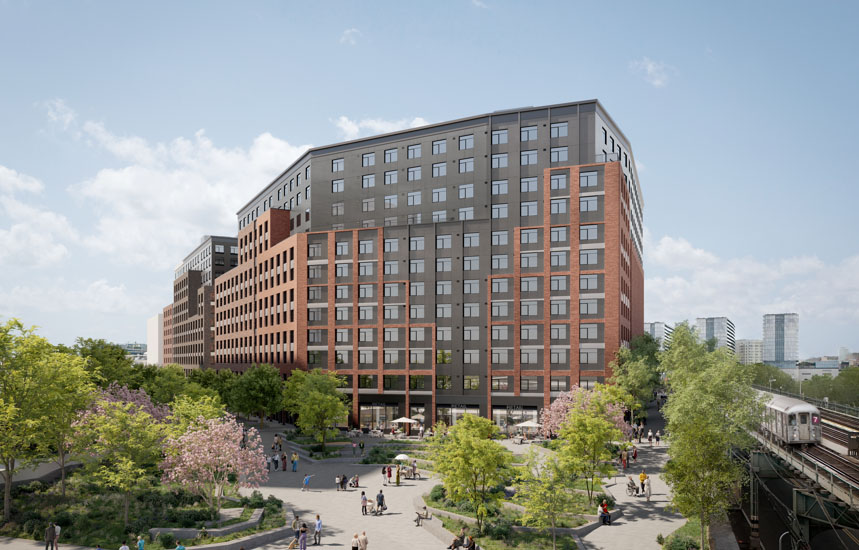Fire safety code shortfalls and compliance: Do not get busted by your insurance company - by George Crawford

Green Partners
Insurance companies are busting clients left and right over fire safety code shortfalls. On the one hand, nobody wants to be caught in the line of fire. On the other hand, hard to read code regulations are good candidates for the back burner.
The reality is, however, fire safety compliance protects your building’s occupants from bad things happening. In the unfortunate event of a fire or a black-out, insurance companies are there to cover the monetary portion of damages, so they want to tighten up on obvious risks. When something bad does happen, everyone loses.
Fire safety code can be a difficult read, but the required measures are practical solutions designed to address the safety of occupants trying to exit a building in an emergency situation. Basically, a building must provide a clear lit path for a safe egress in case of emergencies, including situations where there is electric failure – a black out.
From the standpoint of a building occupant, an emergency occurs and that occupant must be able to exit the building to safety.
1. Are the hallways lit ? A 24/7 lit hallway requires battery back lighting or a generator.
2. In the hallways are the entrances to fire stairs clearly designated with proper signage?
3. Are the fire stairs lit 24/7? A lit stairwell will require battery back-up lighting (that is fuctional) or an emergency generator.
These safety measures are mandated by code. But they make practical sense as well, code or no code. Now the question is how can it all go wrong – from inadequate lighting to batteries too old to function.
Potential shortfalls:
1. Hallways go dark. They do not have functional emergency lighting.
2. The fire stairs are not properly designated in the hallways and are hard to find.
3. The fire stairs go dark. There is no functional emergency lighting.
4. The batteries are old and do not provide the 90 minutes required for emergency lighting.
The reality is, like it or not, many buildings do have shortfalls ranging from no emergency back-up lighting in the path of egress to safety or old back up batteries that do not function.
As an owner, board member or manager, you do not want your building on the shortfall hit list. Take the time to exit your building as though there was an emergency.
Below is a quote from a senior insurance company executive. Read this quote carefully. There is a message in this quote that has important implications for every building, including the inspection and then the decision whether to offer coverage and then the pricing for that coverage,
Elizabeth Heck, CEO, of the Greater New Insurance Companies said, “Life safety protocols are always an important consideration for an insurance company, when deciding to offer coverage as well as the price for that coverage. Good safety protocols are not only important for protecting the occupants but also diminish the possibility of expensive and reputation – ruining liability determinations against building owners. Such protocols include the availability of proper egress, proper lighting, and clearly labeled exit signage. Our insurance company employs engineers to inspect buildings to determine the adequacy of life safety protocols, as well as the condition of the property.”
What this quote does not say is the ramping up of insurance company inspections that are taking place and the increased requirement for building to upgrade their lighting to meet code.
The smart move here is to stay ahead of the insurance company. Inspect your own building and address any code shortfalls voluntarily before being told to do so. In this way you avoid getting on their hit list for deficient buildings who are then bound to see their rates go up and endure endless follow up inspections.
There is, however, a bright side to this picture. By combining the updating of your fire safety with the requirements of Local Law 88 (updating your building to LED), you can reduce costs. The updating of your building to LED will save on electrical consumption. The accumulated savings will not only pay for your fire safety but your Local Law 88 compliance and then some.
George Crawford is the principal of Green Partners, New York, N.Y.
Related Cos. and Sterling Equities open housing lottery for Willets Point Commons


Strategies for turning around COVID-distressed properties - by Carmelo Milio







.gif)

.gif)
.jpg)
.gif)